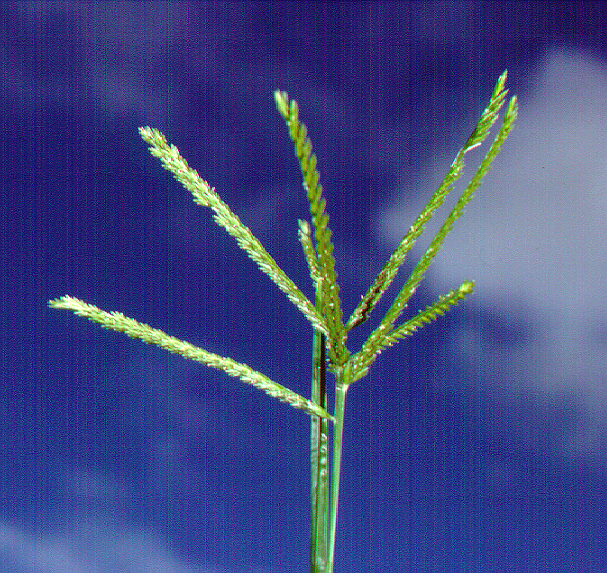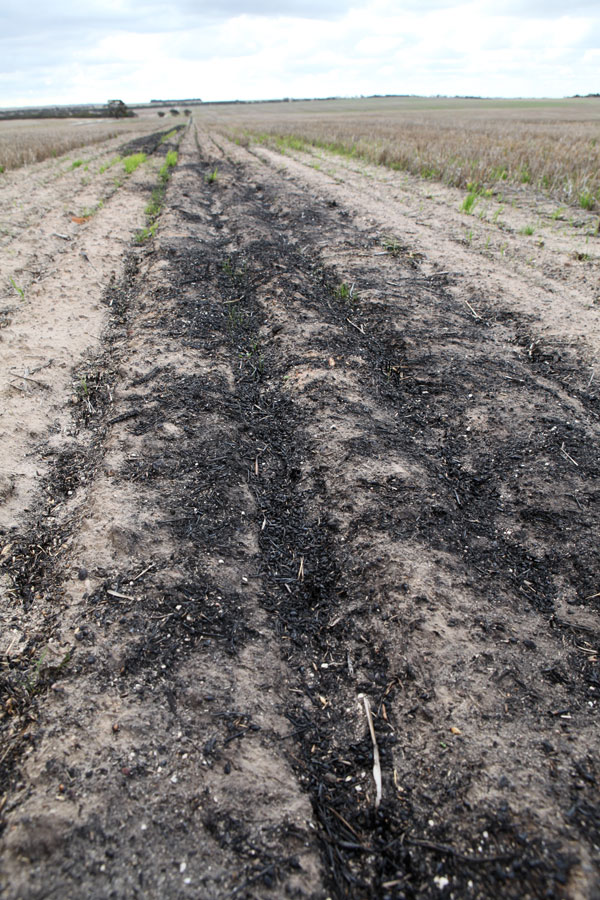With herbicide resistance weeds are now driving the farming system in many areas, reducing crop yields and limiting enterprise options for growers AGRONOMO and Plant Science Consulting P/L are offering professional herbicide susceptibility testing using the Quick-test backed up with a professional management advice service.
No grower wants to be painted into a corner and forced to make management decisions that don’t suit your short term and medium term goals. The question is how can you be sure the herbicides you are using this season are going to work and are you spending thousands of dollars on herbicides that are giving poor levels of control?
 Faba beans sprayed one month earlier with clethodim. Ryegrass happily growing. What to do now? Image:AGRONOMO
Faba beans sprayed one month earlier with clethodim. Ryegrass happily growing. What to do now? Image:AGRONOMO
Alternatively, are you using expensive herbicides to tackle resistance when older and cheaper herbicides could still be working because you ruled them out thinking you have resistance to them already? This may not be the case.
The only sure way to be certain is to TEST!
For example many growers are now experiencing reduced levels of control from clethodim (e.g. Select®) due to herbicide resistance. Will butroxydim (Factor®) give better control of these problem grasses? Maybe yes or maybe no. The only way to be sure is to either spray the paddock with butroxydim or do a herbicide resistance test.
The service provided by AGRONOMO offers the Quick-test backed up by relevant personalised management advice.
What is the Quick-test?
The Quick-test can be conducted NOW by collecting live plants which are then expressed posted to the laboratory, trimmed, re-potted then sprayed with the herbicides of your choice following discussion of the relevant options. Results are available in 3 to 4 weeks enabling effective management decisions to be made this season to prevent viable seed being produced by these resistant weeds. This is the ONLY way to manage herbicide resistance.
The Quick-test is ideal for pre-seeding or early post emergent herbicide survivors. Why didn’t those weeds die? What will you do about it?
Please note that the Quick-test is only suitable for post emergent herbicides such as glyphosate and paraquat or in-crop selective herbicides. To test for susceptibility to pre-emergent herbicides, particularly trifluralin, you must use the seed test later in the year.
For more information on this new service go here or phone AGRONOMO on 0428 423 577.












